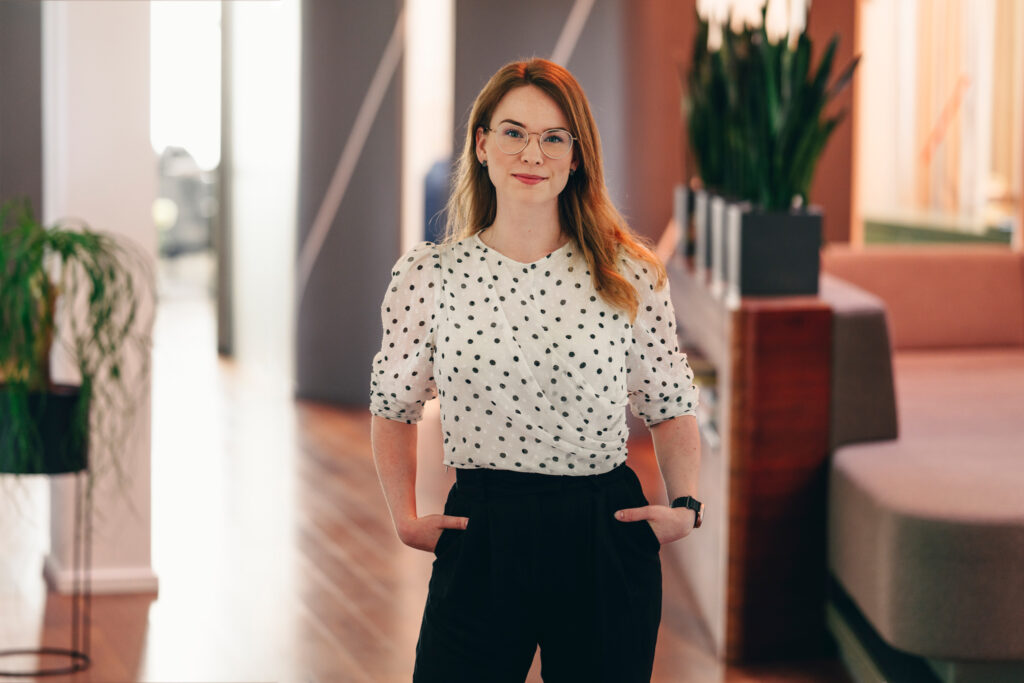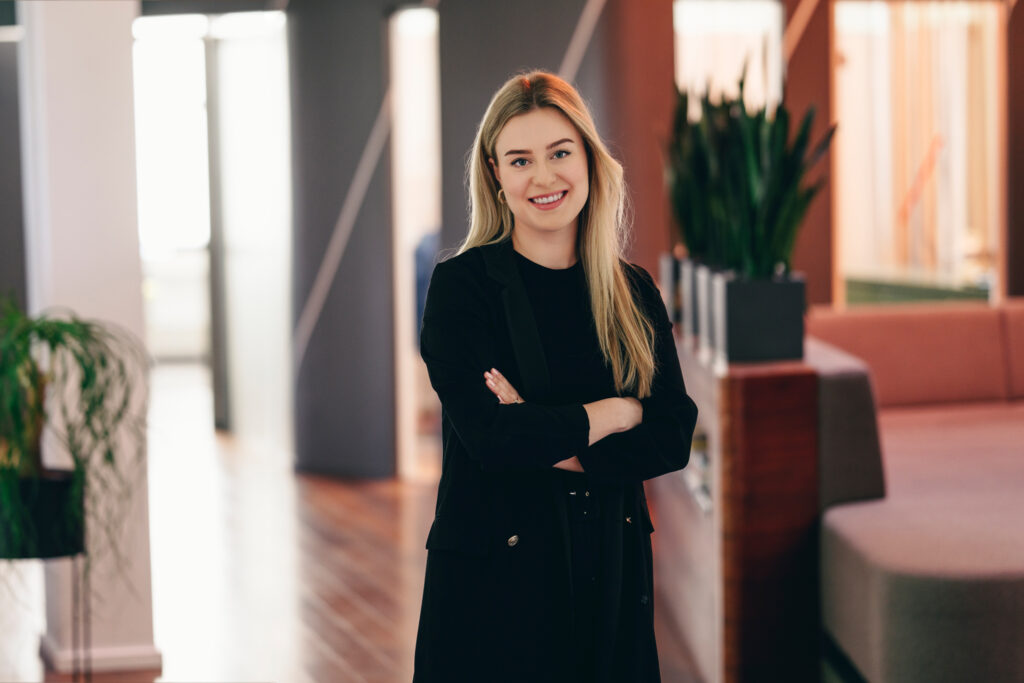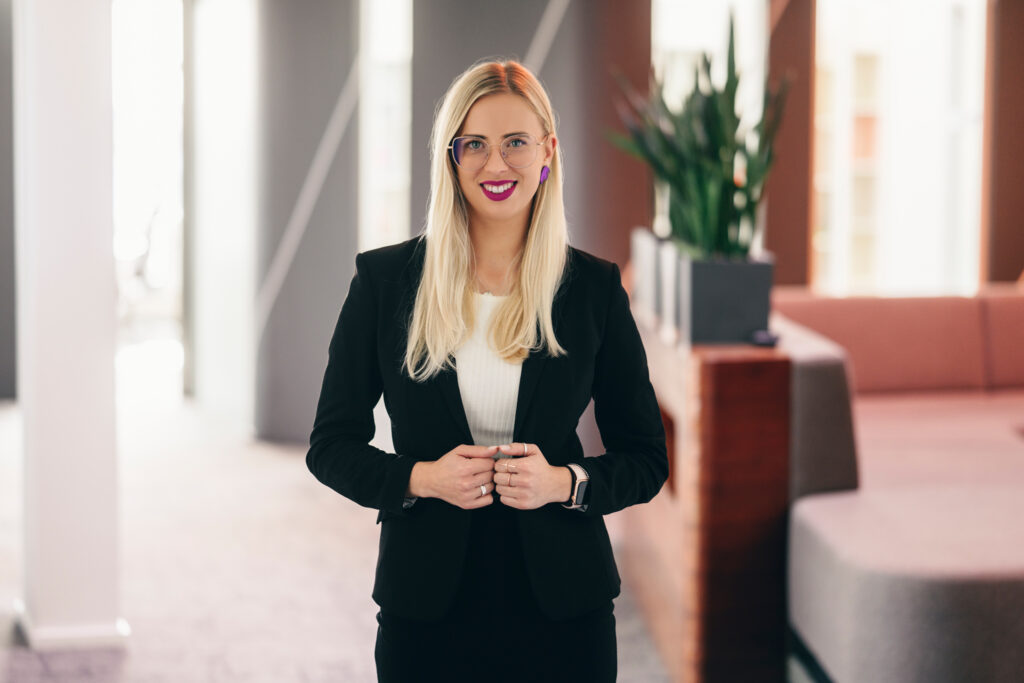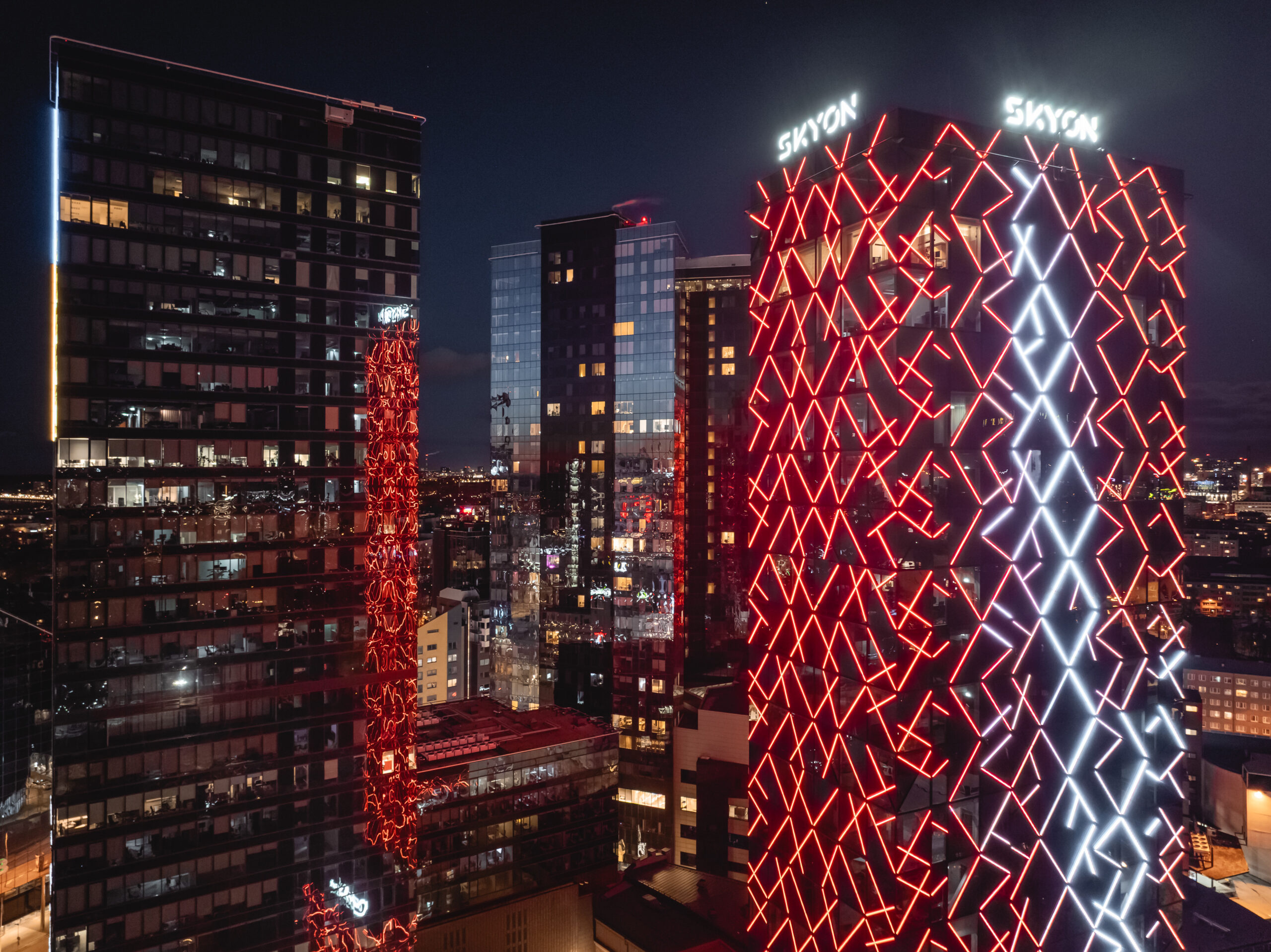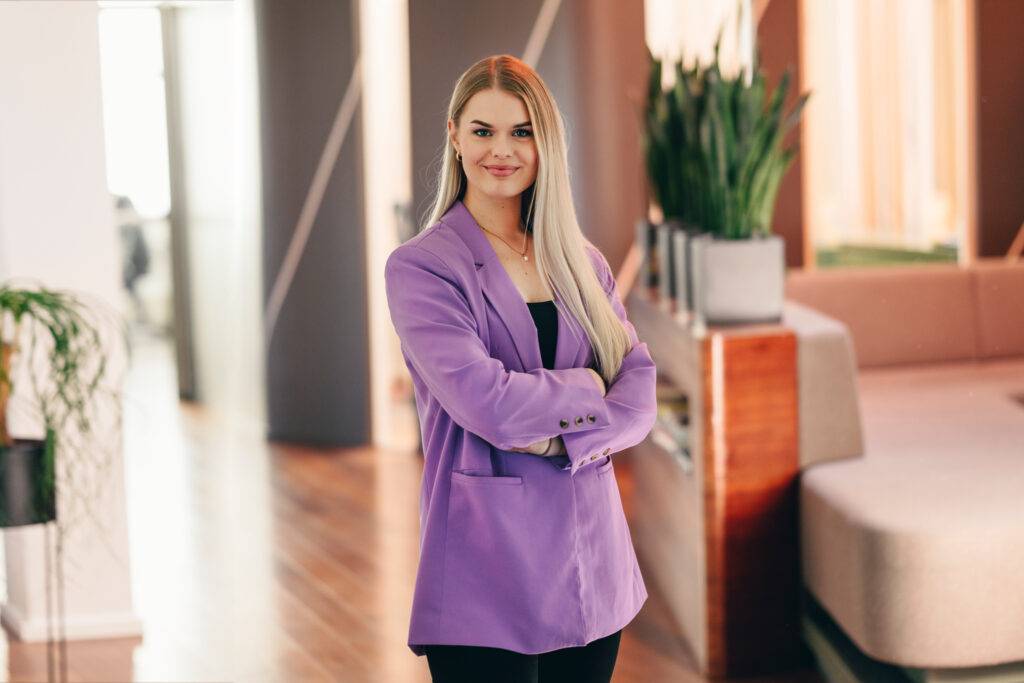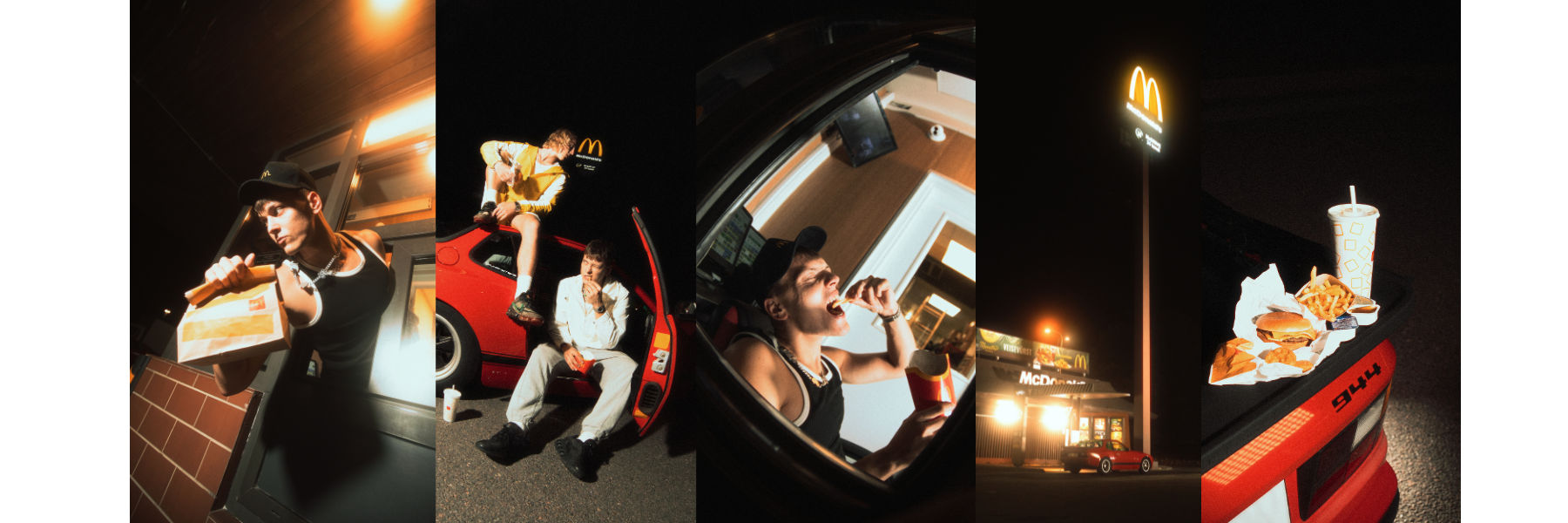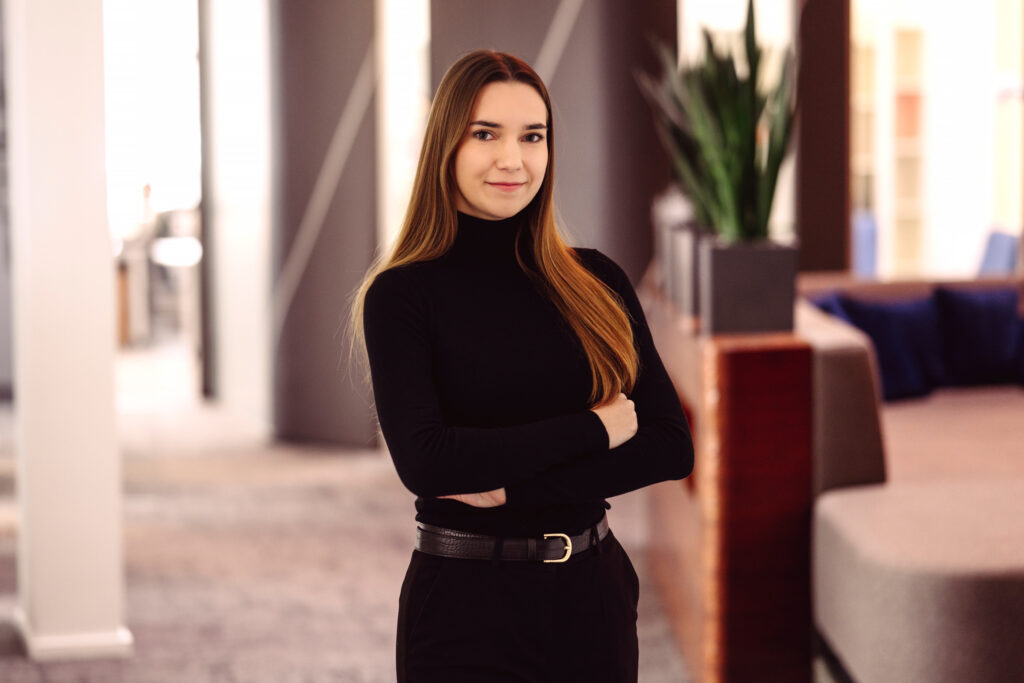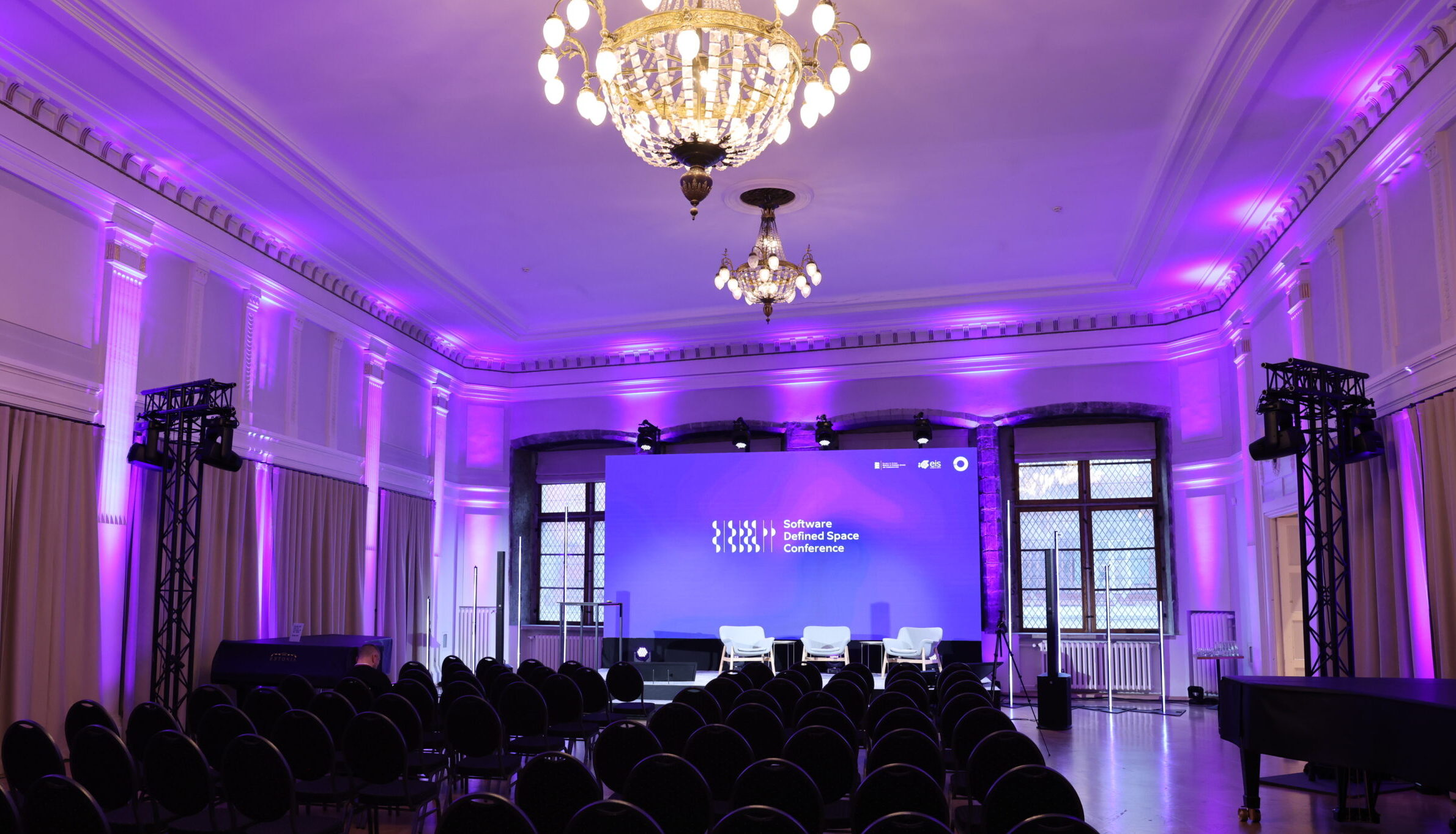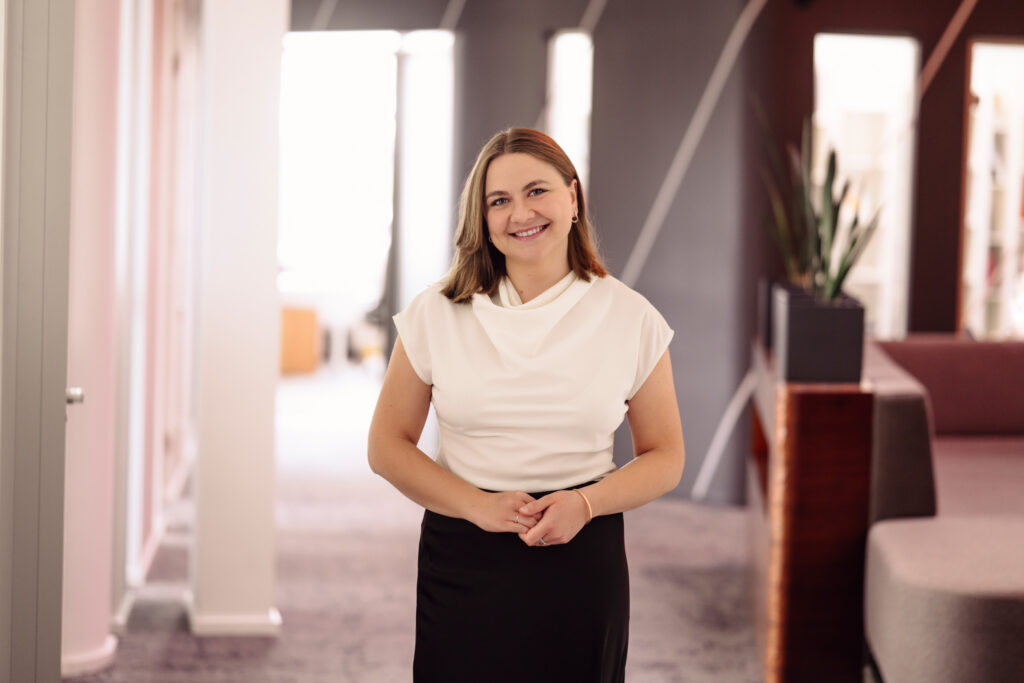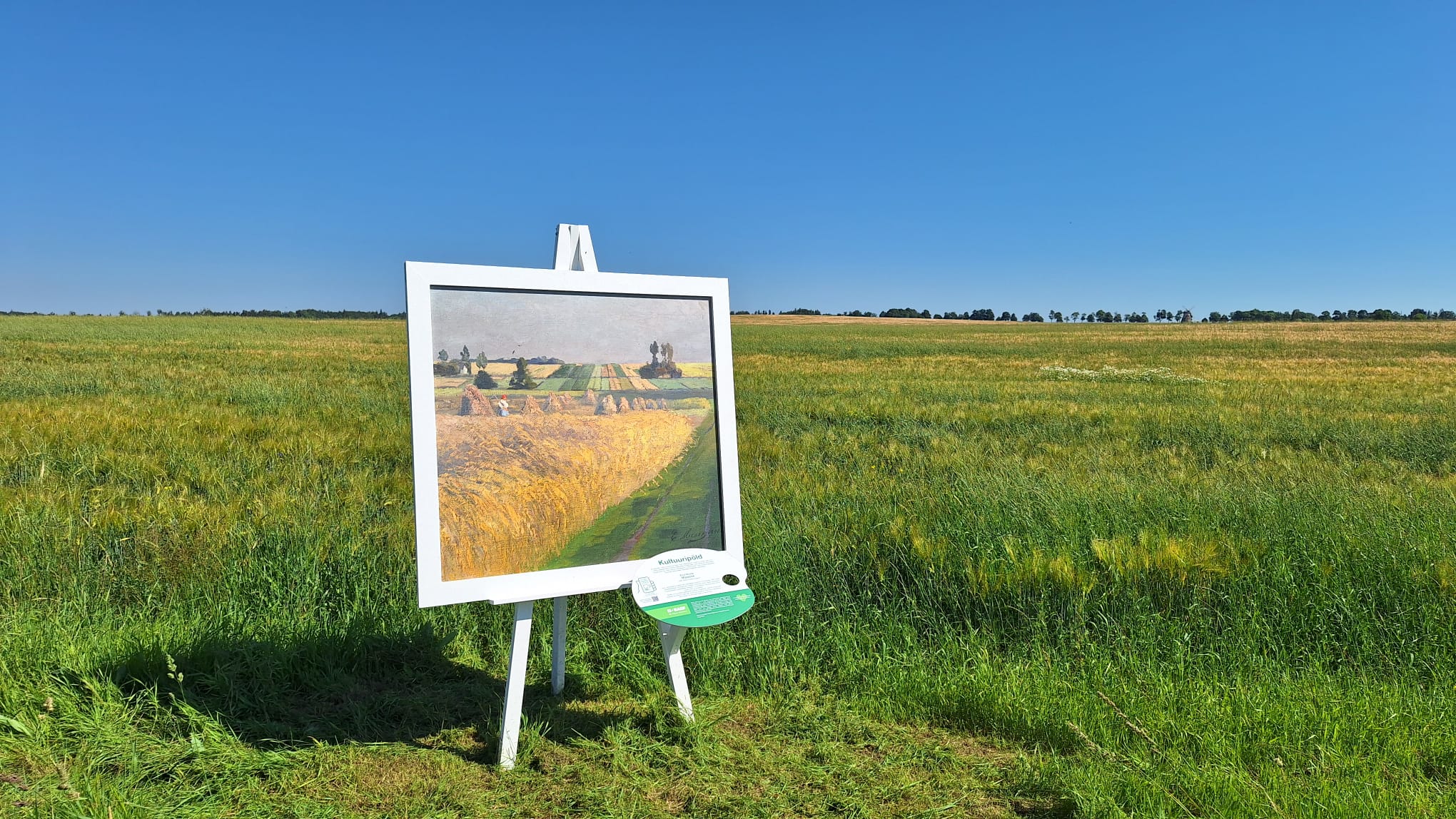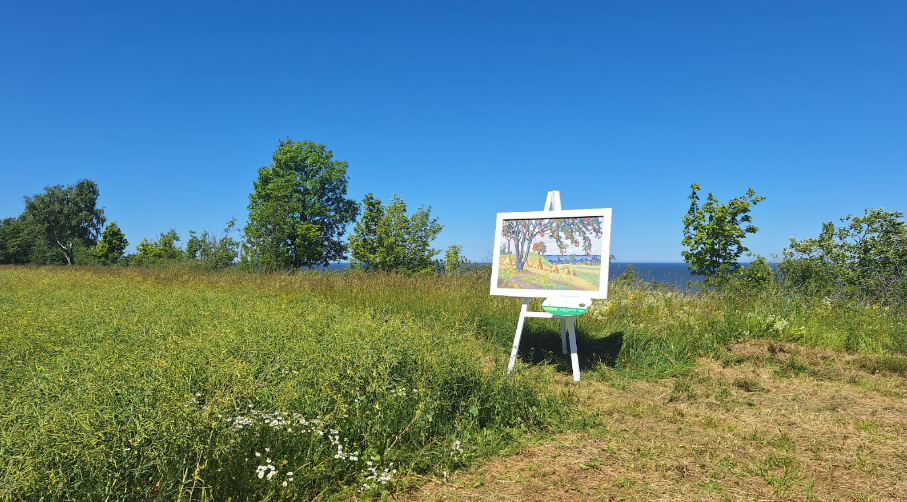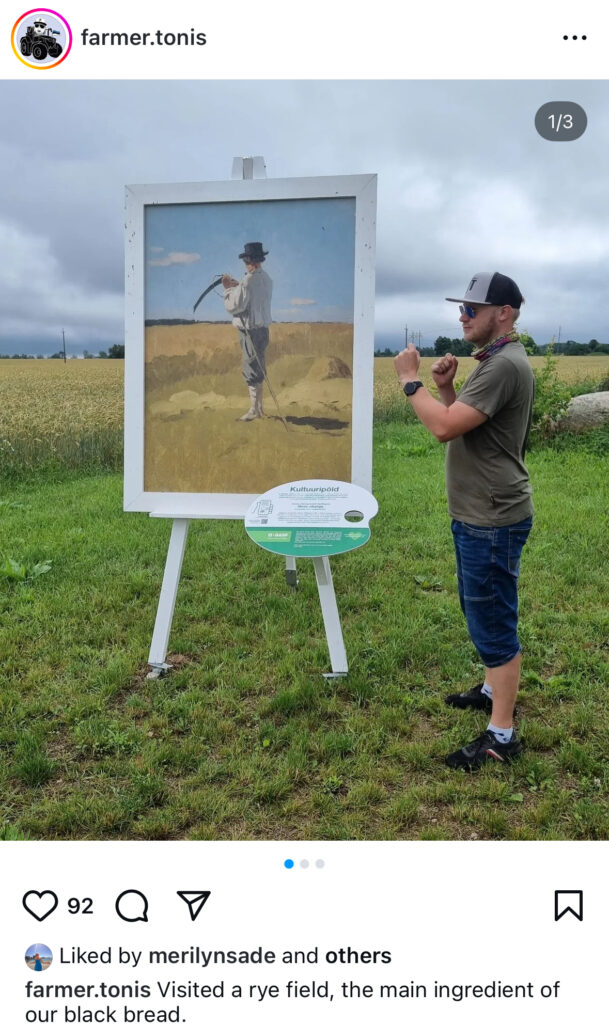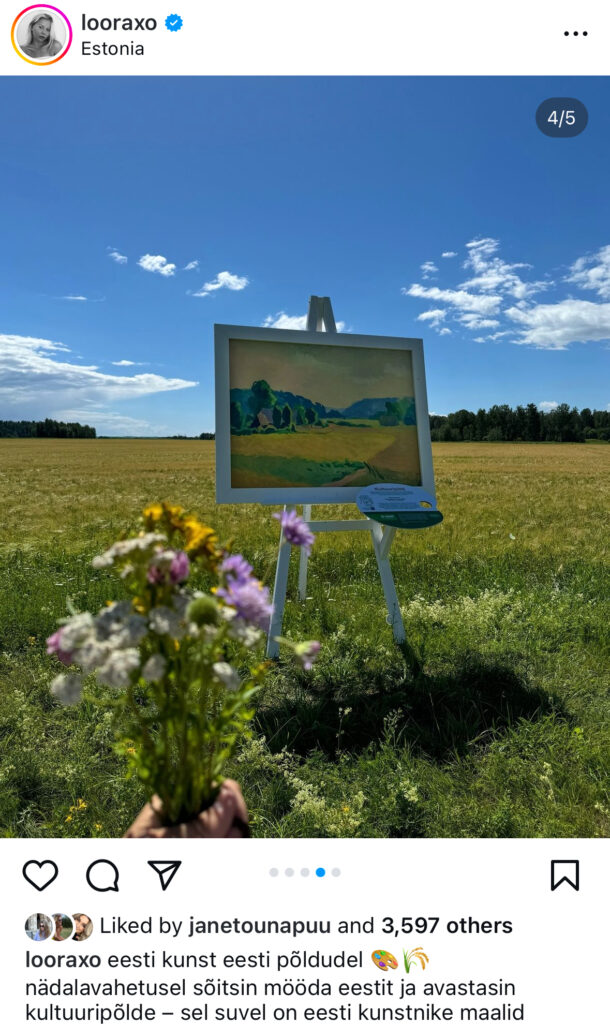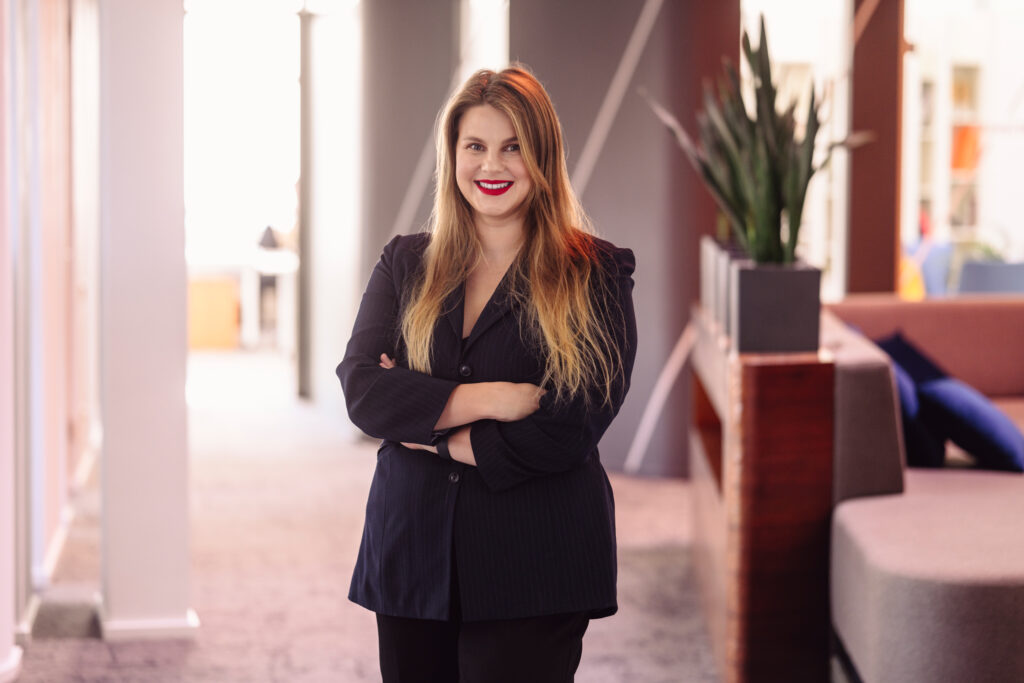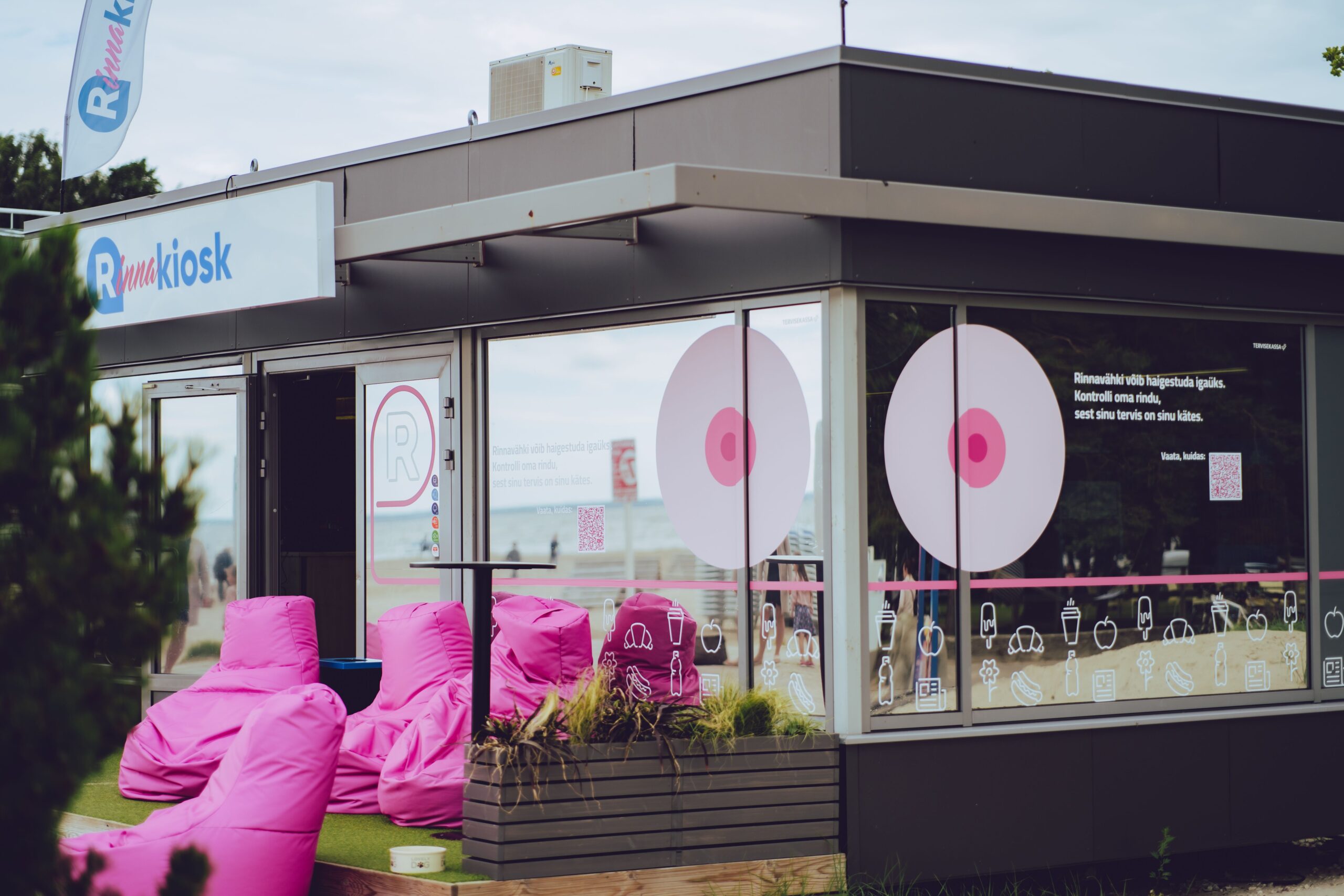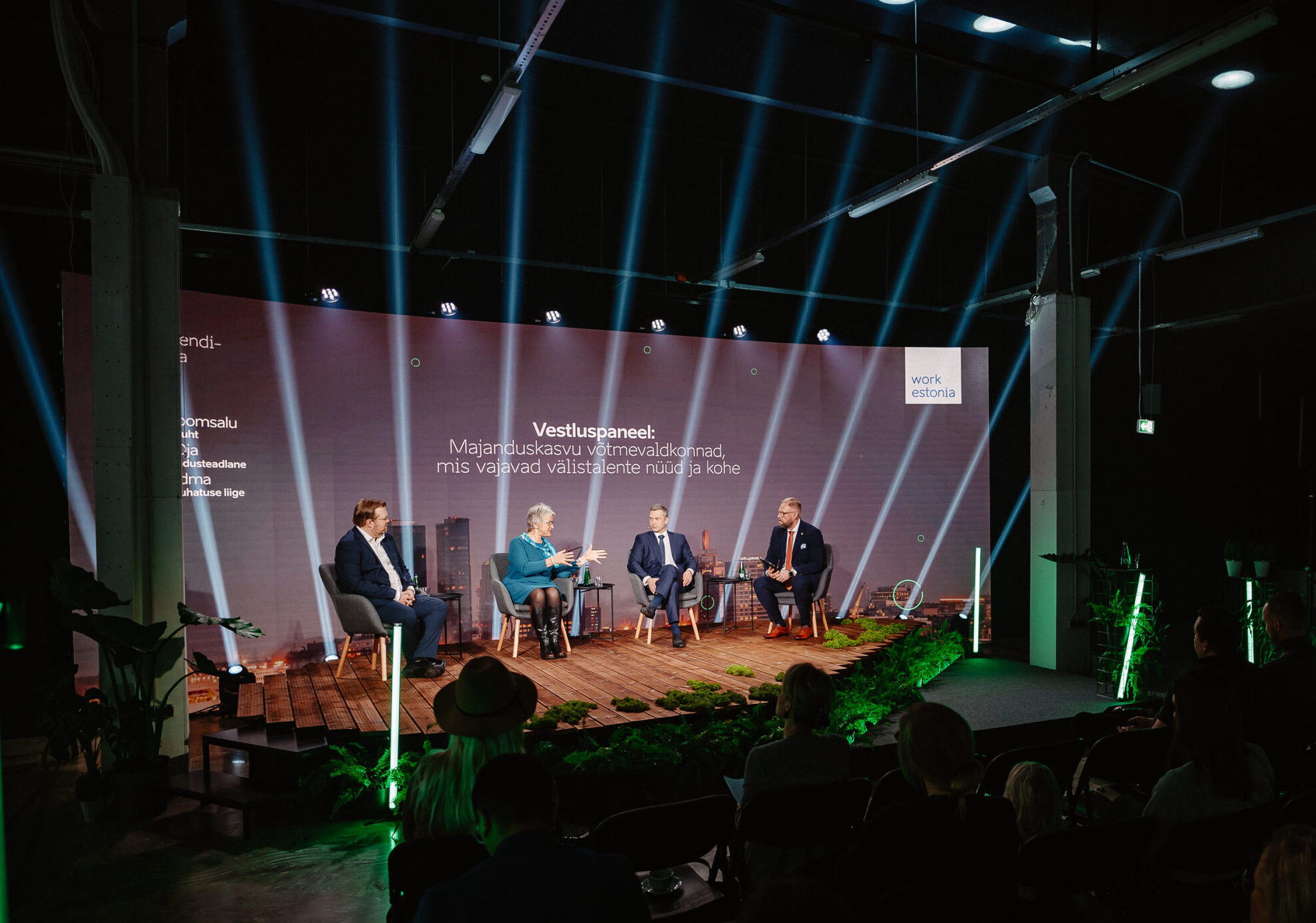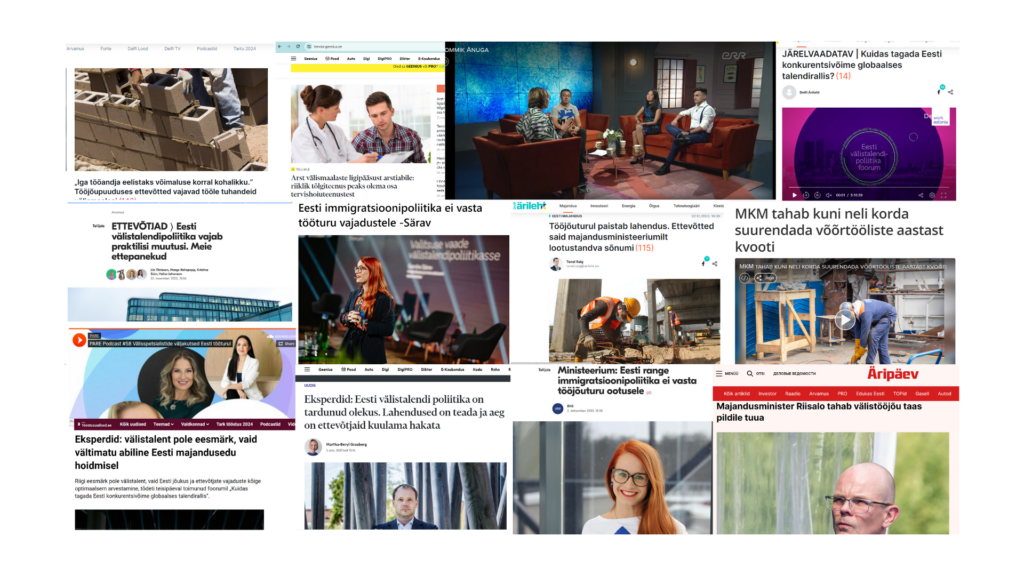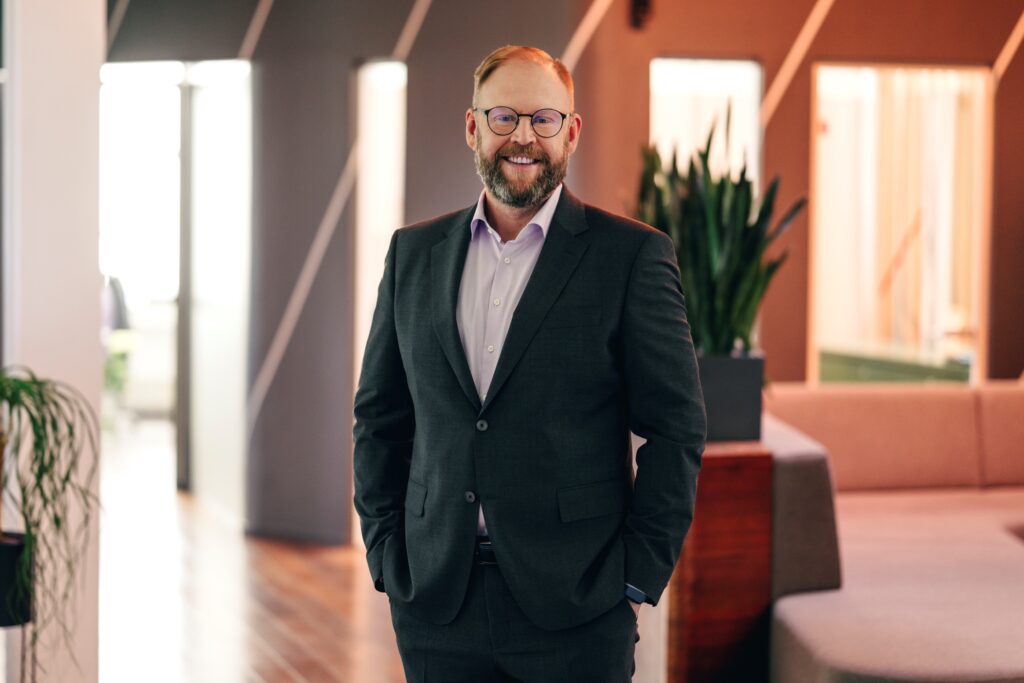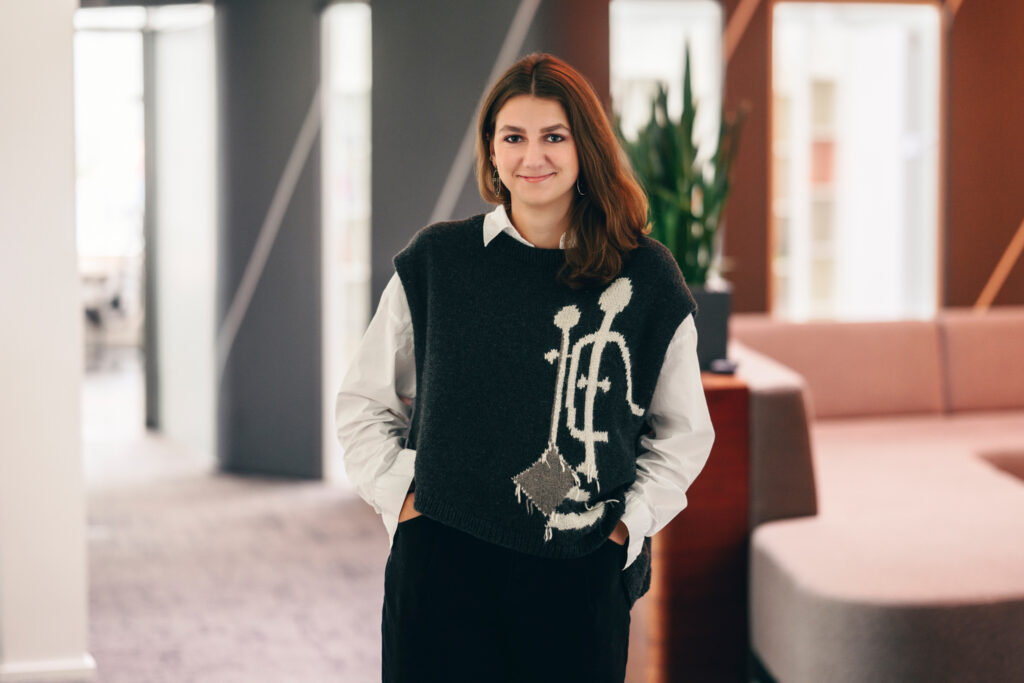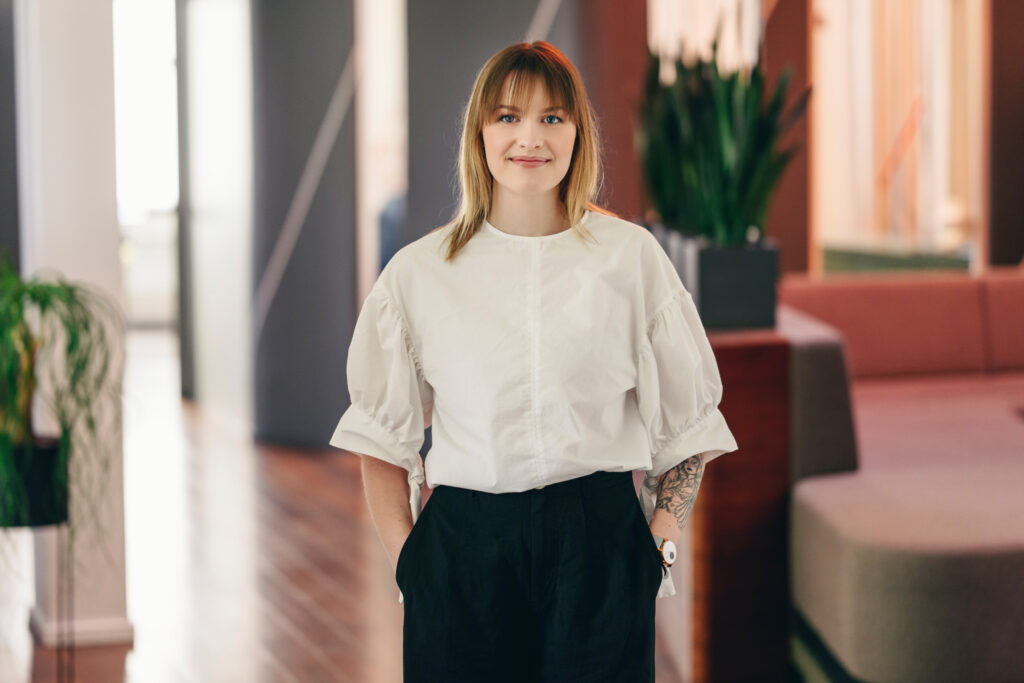How We Won Over IT Professionals by Speaking Their Language – Code


Estonia’s ICT sector is facing a severe labor shortage: by 2027, an estimated 40,200 specialists will be needed, but the education system currently produces only a fraction of the required workforce. Although around 1,300 students graduate in relevant fields each year, one in five drop out of vocational IT programmes, and a significant number never end up working in their initially chosen profession.
Education and Youth Board’s IT Academy programme aimed to halt this trend early on, and the solution had to begin in the classroom by bringing today’s professionals face-to-face with students to bridge the gap between education and the real world. Developers and IT specialists were brought into classrooms to share their experience through inspirational talks or as part-time teachers.
But to make this happen, we had to find a way to engage a target group that is constantly exposed to countless campaigns and is so digitally literate that they can easily ignore any message that blends into the mass.
A Distinctive Approach
To achieve the desired results, we launched an integrated campaign called KooliToodiKoodi (“Code Brought to School”), built on three mutually reinforcing pillars:
- Interviews and traditional media outreach, which raised overall awareness and explained the essence of the campaign.
- Persona-based content creation, focusing on the practitioners’ own stories to bring relatability and a human touch to the campaign.
- A distinctive digital campaign, linguistically tailored to the target audience, speaking to IT people in their native tongue – code.
The comprehensive strategy included broad media coverage as well as tactical digital channels, carefully chosen based on where our target audience actually spends time. Throughout, we ensured that activities in one channel helped support the following ones. At the same time, we placed particular focus on standing out from the crowd – to capture the attention of this hard-to-reach audience, we had to offer them something they wanted to notice.
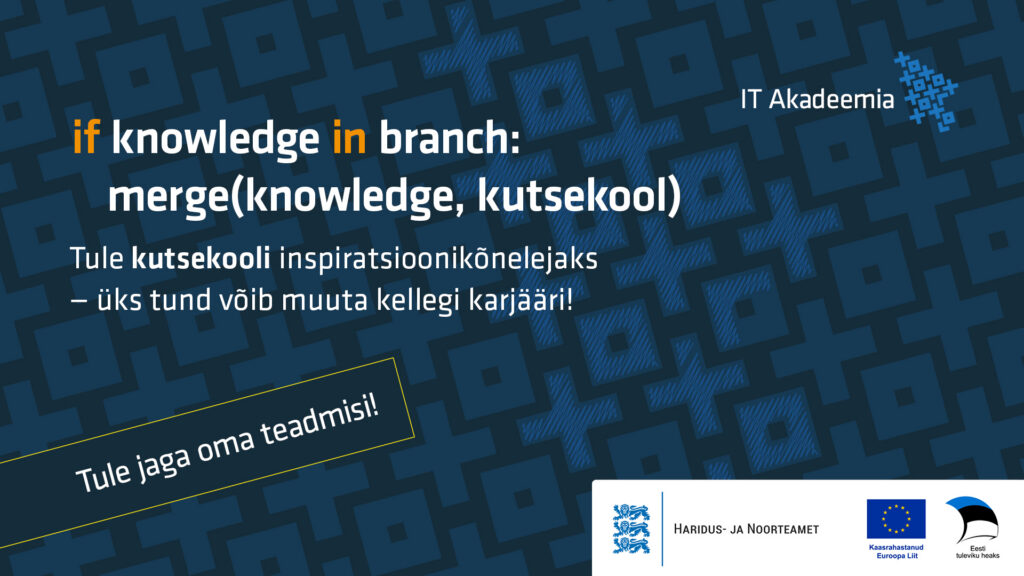
Bold and Eye-Catching Messaging
Capturing the attention of IT professionals with conventional, mass-blended campaigns is practically impossible. These talents are used to a flood of recruitment ads and have such a high level of digital literacy that they automatically filter out unnecessary content in their daily media and online consumption.
Therefore, we created ten different ad variations, all built around unique IT terminology. Each term was chosen to retain its original meaning within the IT world, while also clearly communicating our key message: come speak at a vocational school as an inspirational guest. We presented the messages both as text and in pseudocode format, further enhancing their appeal to IT professionals.
The ads ran during the campaign period across three main channels: Facebook and Instagram for broad reach (as they remain Estonia’s most widely used social media platforms), DigiPRO to engage executive-level professionals in the tech startup sector, and Reddit, targeting IT specialists more specifically.
In total, the digital ads were displayed nearly 1.8 million times.
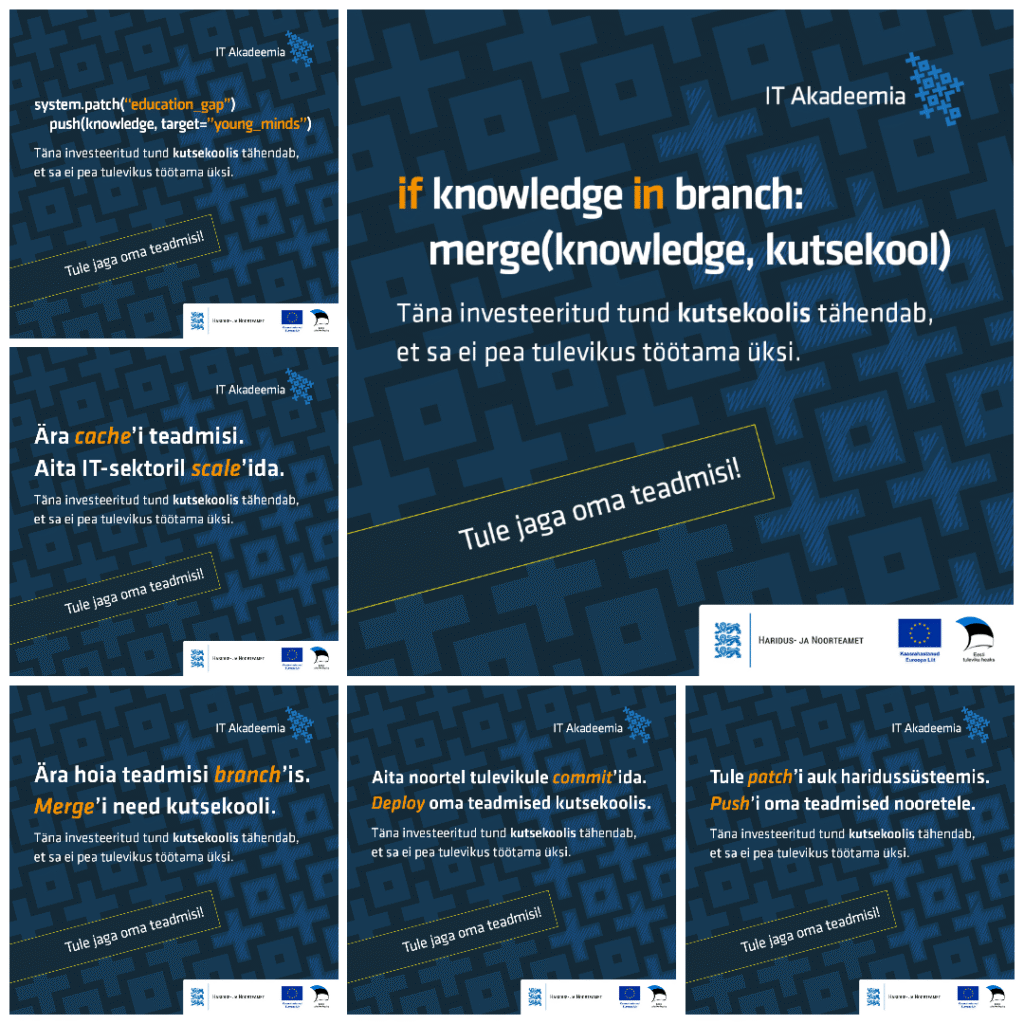
Media
To support the digital campaign, we also carried out a range of media initiatives aimed at explaining the campaign more broadly, featuring practitioners already involved in vocational teaching and encouraging the target group to consider following their example.
During the campaign, we gained coverage in Estonia’s leading media outlets:
- An interview on Terevisioon (Estonian national morning TV show)
- An interview on Vikerraadio’s “Huvitaja” program
- Two exclusive feature stories with practitioners
- Press release coverage
According to audience data from media outlets, the media activities reached nearly 700,000 people.
Results
The campaign helped IT Academy achieve its goal by engaging a sufficient number of interested professionals. The initiative was warmly received in the field, and people working in the sector praised its distinctiveness and striking execution.
The Campaign in Numbers:
1,8 milion
Digital ad impressions
8
Media coverages
700 thousand people
Media reach

